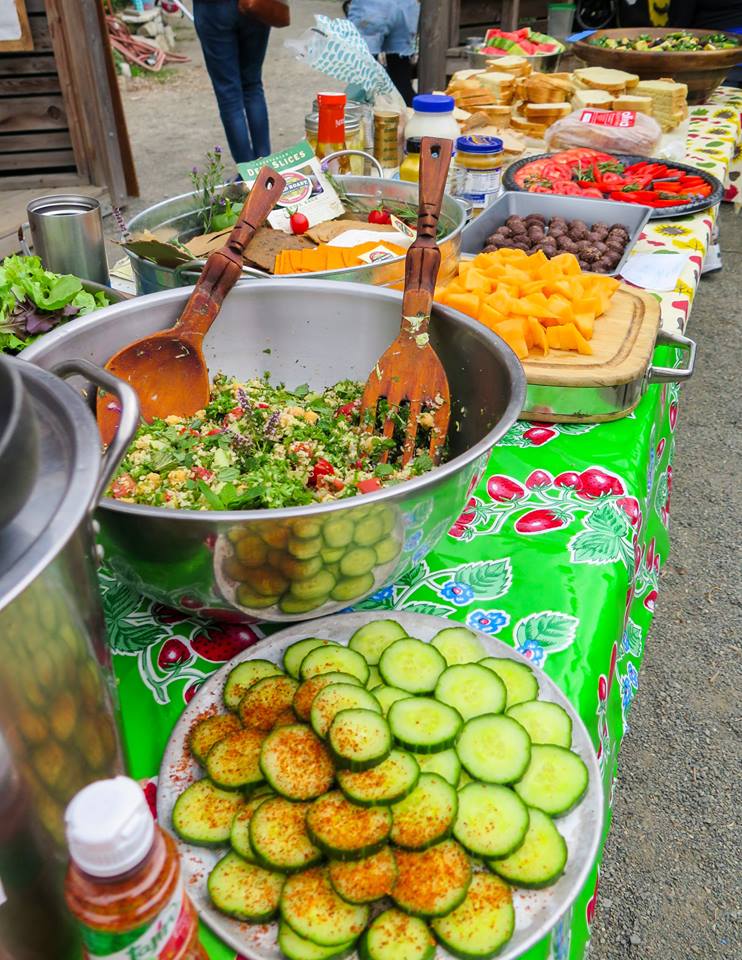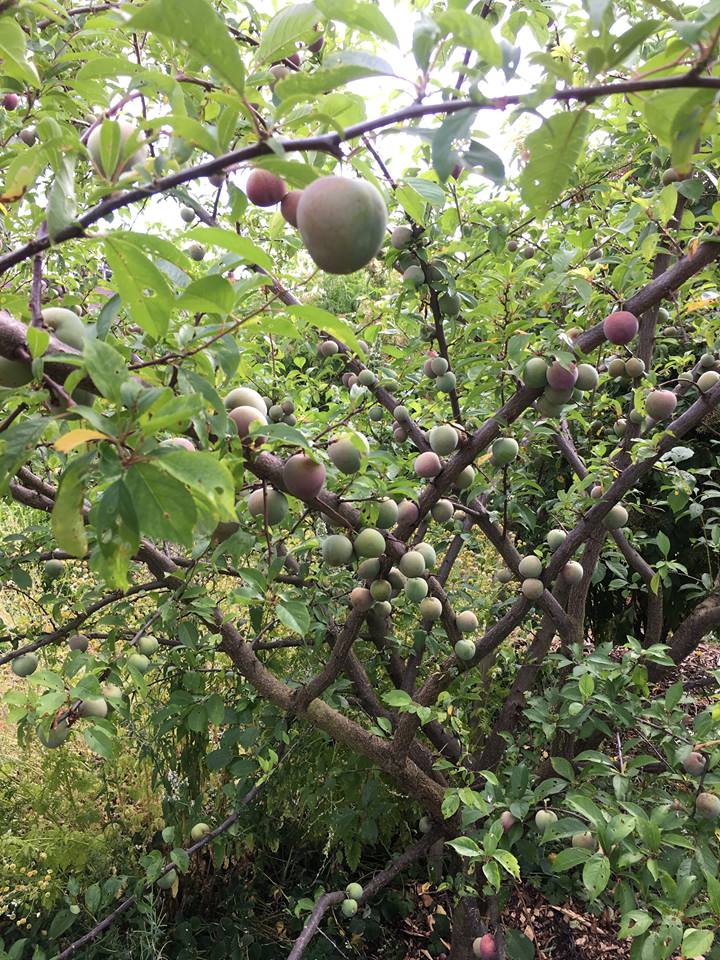


A food forest is designed to be resilient towards environmental change in order to fulfill the goal of being sustainable. Resilience stresses the ability to 1) sustain the community when no external resource is accessible and 2) recover from disturbances such as climate change, destruction or vandalism.
The way resilience works is to a) maximize autonomy in water, nutrients, energy, and food and b) keep the environment and people healthy. The Beacon Food Forest is equipped with a rainwater collector and compost bins to store water and generate nutrients from onsite organic matters such as leaf litter, branches, and green manures. Although we do not have solar panels or wind turbines, our energy lies within the community who contributes their manpower. With the above, we can slowly accomplish food autonomy and sustain the local community.
Keeping the environment and people healthy is the key to allow for quick recovery. The Beacon Food Forest practices permaculture gardening to keep chemicals out of the land and the land productive at any time so that when faced with destructive events, plants may grow back within the shortest time frame.
1. Water autonomy using rainwater collector.
2. Nutrient autonomy using compost bins to compost onsite organic matter.
3. Make the plants collaborate and help each other through companion planting and tree guilds.
4. Maintain an active group of volunteers of all ages to ensure sufficient manpower.
Luckily, we have not experienced any destructive events that may test our resilience. Nevertheless, as the Beacon Food Forest is open to harvest by anyone who has the need, we were sometimes faced with similar situations, such as all ripe fruits of a tree gone in a single night. Although we have been educating ourselves that all harvest belongs to the public, most people still felt upset in such situations. Yet, people have also learned to mentally detach themselves from the harvest to minimize their sense of loss, knowing that the fruits would grow as long as the tree is alive. We happily see this as a realization of resilience.
It takes time for a food forest to mature and become fully resilient. As of 2018, we still rely partially on municipal water due to the insufficiency amount of rainwater collected. The full design map of the Beacon Food Forest is 7-acres large and we have only developed 2 acres. We hope that by developing the full 7-acres, we may raise our percentage of food autonomy to at least 5%, which would probably be more than that of any large city in the U.S.